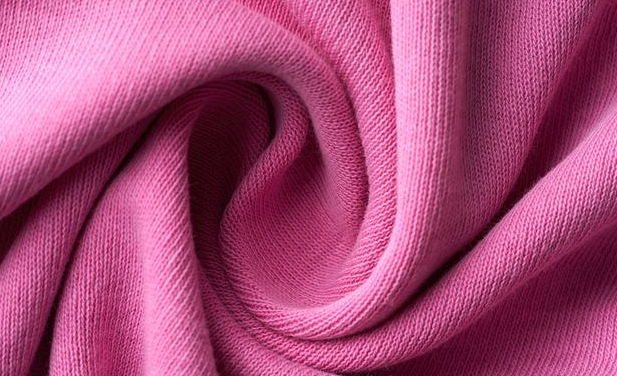Polyamide fabric is a general term that is used to refer to a variety of different fabrics that are made from strings of polyamide monomers. The most famous form of polyamide fabric is nylon, but there are quite a few different varieties of this textile.
While these types of fabrics are derived from carbon-based molecules, they are entirely synthetic, which means that they are inherently different from semi-synthetic fabrics, such as rayon, and fully organic fabrics like cotton. Nylon was originally developed by the DuPont Corporation in the mid-1930s as an alternative to silk stockings.

This polyamide was unveiled at the 1939 World’s Fair in New York, and the original marketing material for this fabric insisted that it was stronger than steel and entirely resistant to runs. Therefore, DuPont initially intended to market this new synthetic fabric as “no-run,” but as it became readily apparent that nylon stockings were, in fact, highly susceptible to runs, the name was changed to “nuron” and later “nilon.” Before this fabric entered into mass production, the “i” in “nilon” was replaced with a “y” so that customers would be able to accurately pronounce the name of this fabric.
Polyamide fabrics like nylon were commonly used as parachute materials during World War II, and when the war concluded, a shortage of fabrics caused many women to make dresses out of recycled parachutes. As a result, the use of polyamide in women’s apparel became popularized, but pure versions of this polymer were only used in clothing for a short period of time.
It was quickly recognized by consumers around the world that pure nylon was not well-suited for textile applications. This fabric has a low breathability profile, it is highly subject to damage, and it will melt if exposed to high levels of heat. When blended with other fabrics, however, nylon imparts unique benefits such as elasticity and silkiness, which led to the rise of mixing this fabric with textiles like cotton, polyester, and wool.
By 1945, fully synthetic fabrics represented 25 percent of the global textile market share, but interest in nylon gradually decreased over time. Since polyamide fabrics are usually made with crude oil, the environmental movement of the 1970s put a damper on the production of this textile, and the reduced novelty of fully synthetic fabrics caused consumers to cool on nylon and similar products.
Today, polyamide fabrics represent about 12 percent of global synthetic fiber production , and it’s estimated that this market share will continue to decrease over time. Nevertheless, the unique benefits of this type of fabric continue to accord it an integral place in many types of textiles, and it’s practically guaranteed that production of nylon and other polyamide fabrics will continue unabated throughout the 21st century.